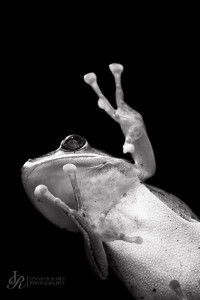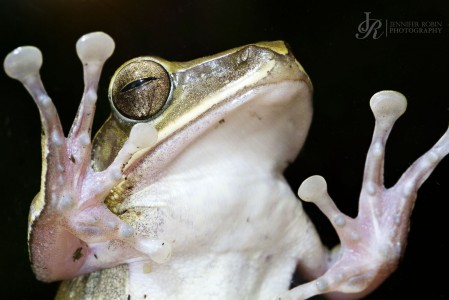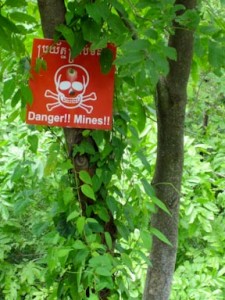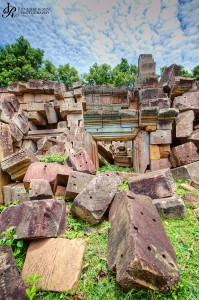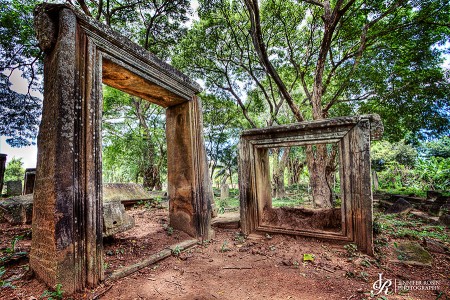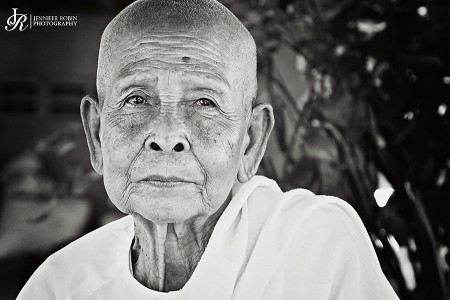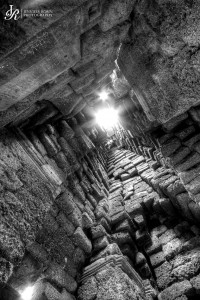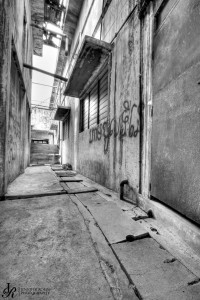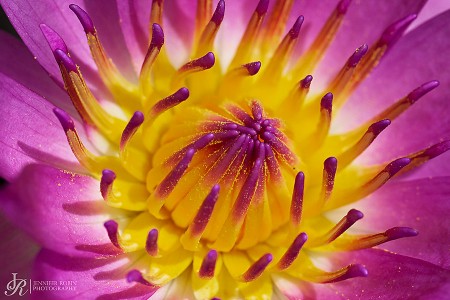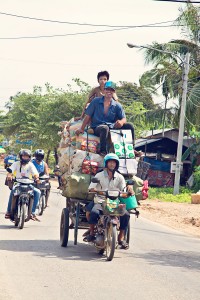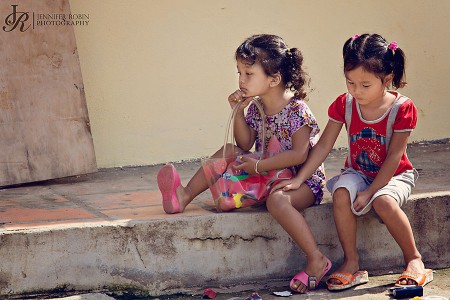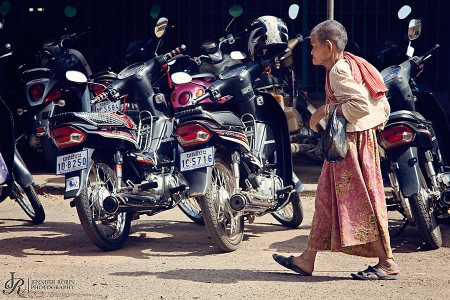We spent several days in Battambang. It is a pleasant city, that is small enough to be called a town, yet big enough to have a wide selection of accommodations and places to eat. It is an easy town to get into and through, and the people are nice – as has been the case throughout our travels in Cambodia.
For accommodations, we stayed at The Sanctuary Villa, located in the north part of town (click here). We selected this place in advance, based upon reviews on multiple web sites. It proved to be every bit as good as the reviews made it out to be.
For food, we had the included breakfast and some dinners at The Sanctuary Villa’s restaurant, Oh Yeah! We also ate at the Smokin’ Pot Restaurant (click here) and Gecko Cafe (click here), both located in town. Of the three, the Smokin’ Pot takes the lead based upon slightly better quality and slightly better pricing when compared with Oh Yeah! The Gecko Cafe lags behind in third place.
For transportation, we rented a motorbike from Gecko Cafe. The going-in rate was $8 a day, which we haggled to $7 a day for a multi-day rental.
Battambang has several points of interest within reasonable motorbike distance.
Phnom Sampeau is located southwest of Battambang. It’s a ridge with a couple peaks, jutting up from the rice field flatlands. On the crest is a temple complex, with a size and layout that can cause you to get a little lost.
We ran into a troupe of monkeys. One walked up to Jen, grabbed her leg, and started to mouth her calf – until I told it to knock it off, as a calf lick can quickly lead to a calf bite.
Phnom Sampeu holds a reminder of the genocide inflicted by the Khmer Rouge. A large cavern known locally as the Killing Cave contains the skeletal remains of some of the Cambodians murdered here by the Khmer Rouge, with the bones held in two cases. The cavern is reached by a staircase, at the bottom of which is the display cases and a large reclining Buddha statue. There are more stairs for further descent into the cavern, where I was able to watch a couple bats fly about.
At the base of Phnom Sampeau, there is a small village that operates food stalls and shops along the road leading to the top. We had lunch at one of the stalls, and it was decent. The locals we spoke with were universally nice.
As with the other ruins and wats we visited, there was an entrance fee of US $2 per person, which is collected at a small booth.
Phnom Banan is a hill located south of Battambang, on the peak of which are 11th Century Khmer Ruins. The complex is small, but interesting. The walk up will give your legs a bit of work (over 300 steps).
On the way to Phnom Banan, between it and Battambang, is a winery. It is located south of Battambang, around kilometer marker 10 on Route 155, which is the road that travels along the west bank of the Stung Sangker River.
We had a sampler of four of their products: a rose wine, a brandy, a non-alcoholic grape juice, and a non-alcoholic ginger and honey drink. The sampler cost US $2 a person. You can read our impressions of the winery by (clicking here).
North of Battambang is another set of 11th Century Khmer Ruins. Wat Ek Phnom is fairly collapsed, to the point that it almost looks like a pile of stones; but walk and climb around a bit and you will find it to be more interesting than that sounds. If you are into ruins, it’s worth a visit.
This set of ruins is located east-northeast of Battambang. We got there by motorbiking down several kilometers of rutted, muddy dirt roads.
Unlike the other Battambang-area ruins, this one doesn’t look like it gets many visitors. There was no ticket booth, or guides for hire, or trinket stalls, or eateries. Just a group of small kids playing nearby, some pigs cooling in a pool of mud, and the thumping of a nearby gas-powered generator.
The ruins are fairly small, and have mostly been reduced to a couple piles of stones. There is still the outline of some of its structure, but it hasn’t seen any restoration I could discern – not that that’s a bad thing.
A local in Battambang told us the Khmer Rouge took stones from the ruins, and used them to construct a nearby road.
This was once a real operation. Now it’s just a minor sampling of what was, maintained for tourist consumption.
Southeast of Battambang, down a small stretch of dirt road, is the station. Here, for the going-in rate of $5 per person, you can take a one-hour, round-trip ride on one of the tiny flat cars that travel a small-gauge track to the southeast. The flat cars can carry some cargo and/or a handful of people, and are propelled by small gasoline engines.
We hung out at the station for about an hour while Jen took some photos, a tourism cop gave us a spiel on the demise of the bamboo train, and an English-speaking tuk-tuk driver bantered with Jen. During that time, a small group of obviously well-to-do Cambodians rented a ride on one of the cars, and the ticket price quoted to us dropped from $5 per person to $3.
The Battambang museum isn’t so much a museum as a warehouse of statues and carved stone artifacts taken from the local ruins. There aren’t that many artifacts, and there isn’t much provided to explain what they are or their significance. It costs $1 to walk around the warehouse, which will take well under an hour – unless you are really, really, really into the thousand possible variations of a Buddha statue.
Overall, we enjoyed our stay in Battambang, as evidenced by the nine nights we rented our hotel room. Battambang has an all-too-infrequently found combination of friendly people, good accommodations, decent restaurants, things to see and do, and not-too-excessive tourist presence.







